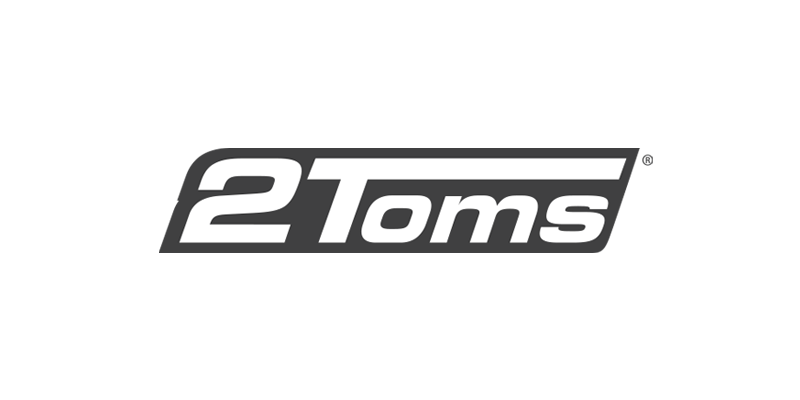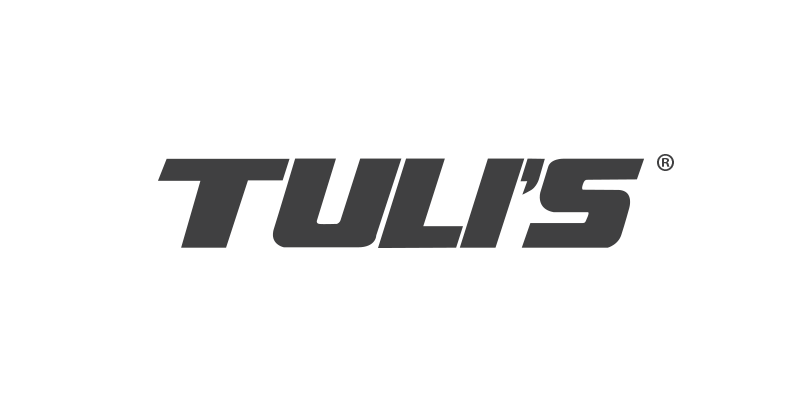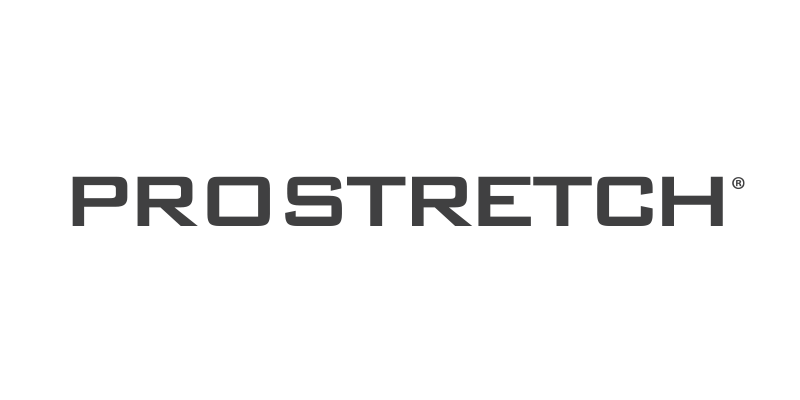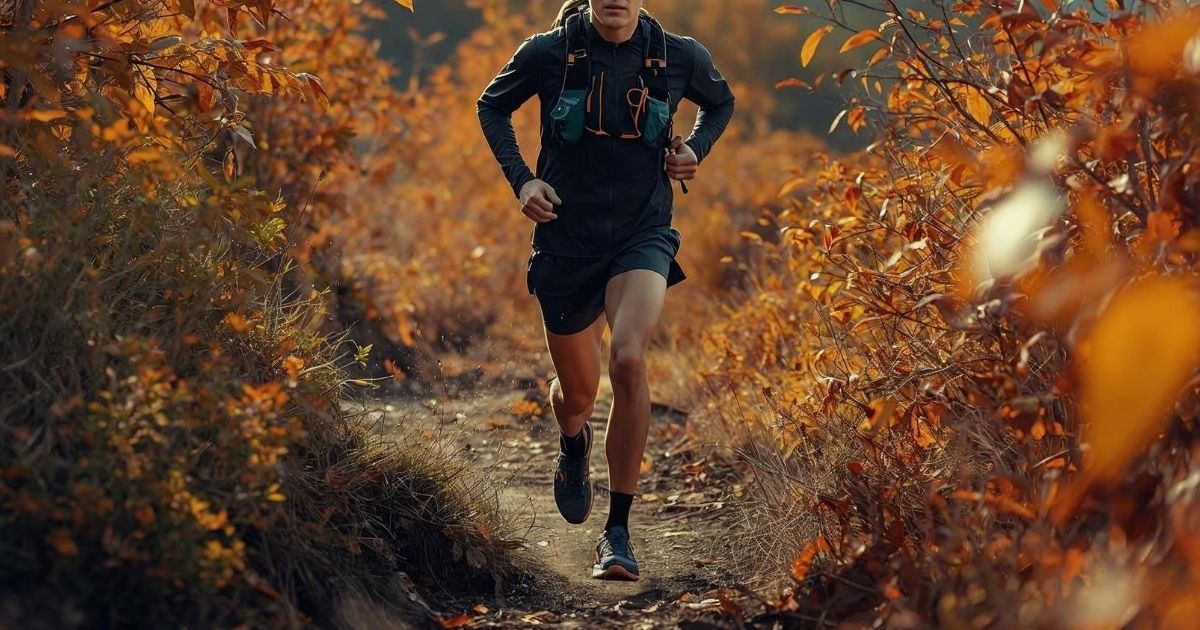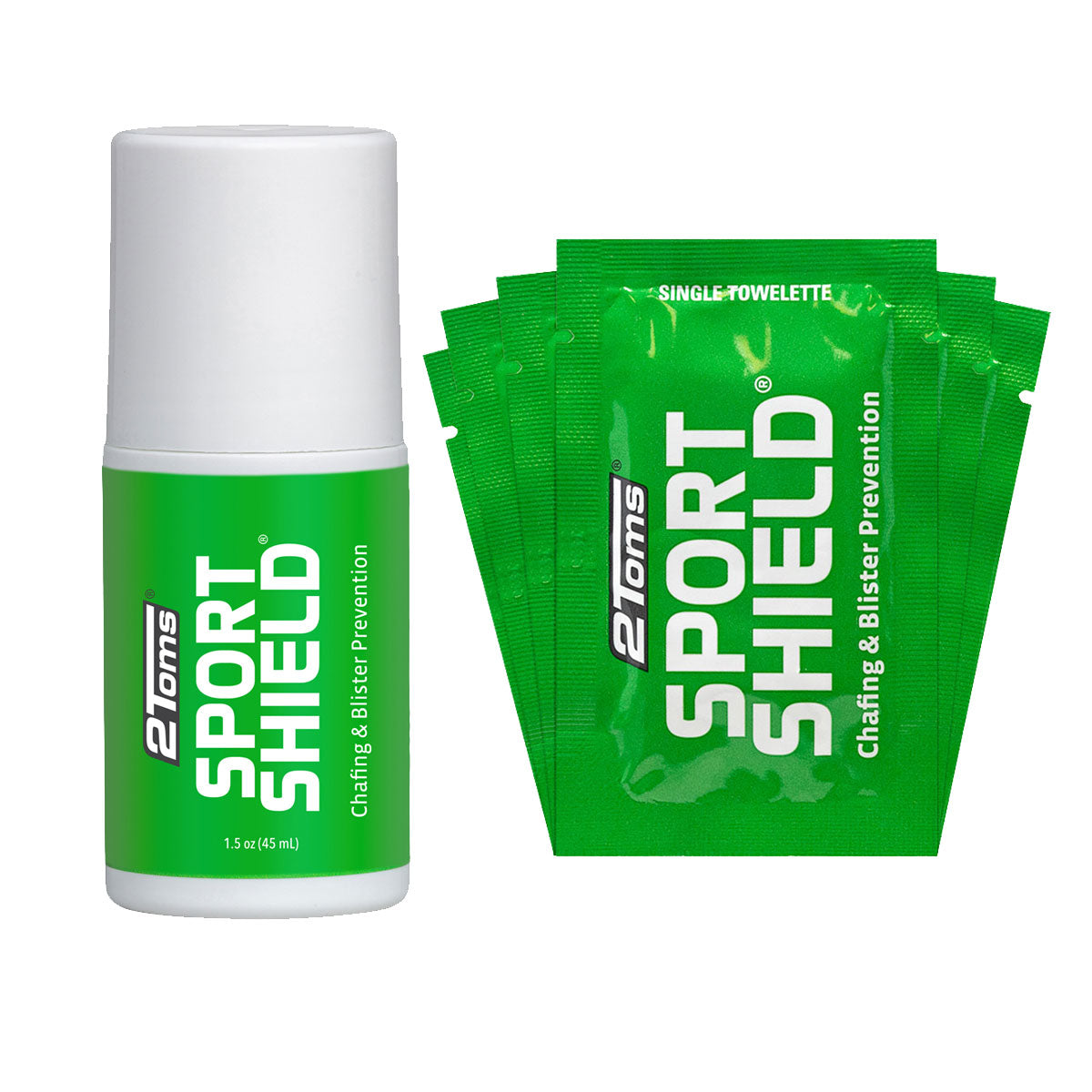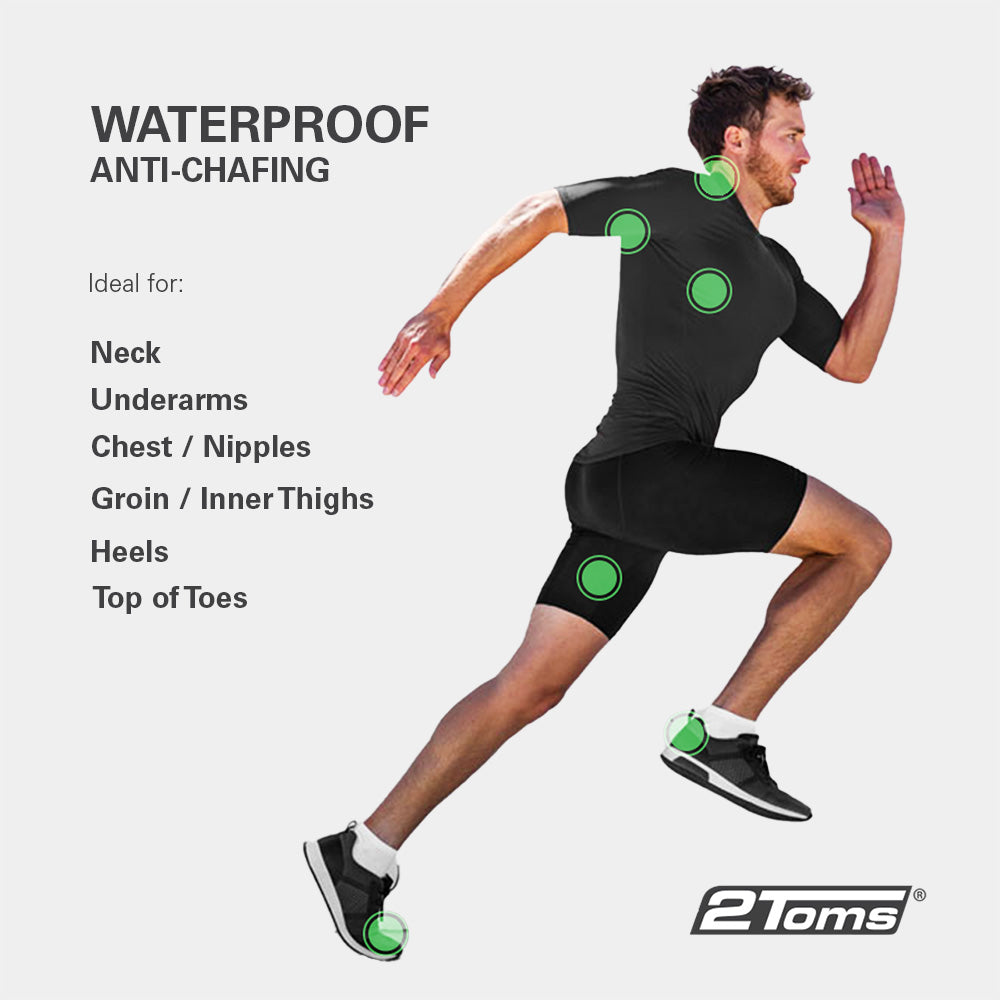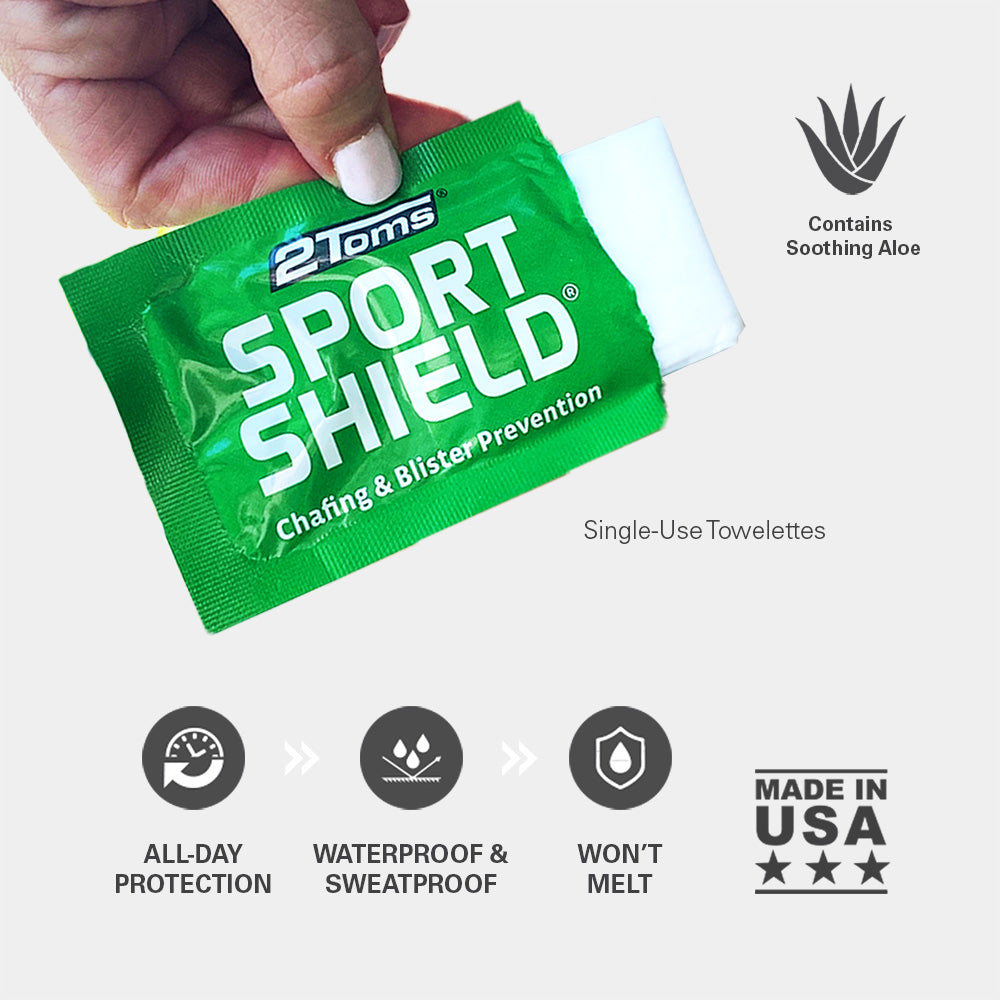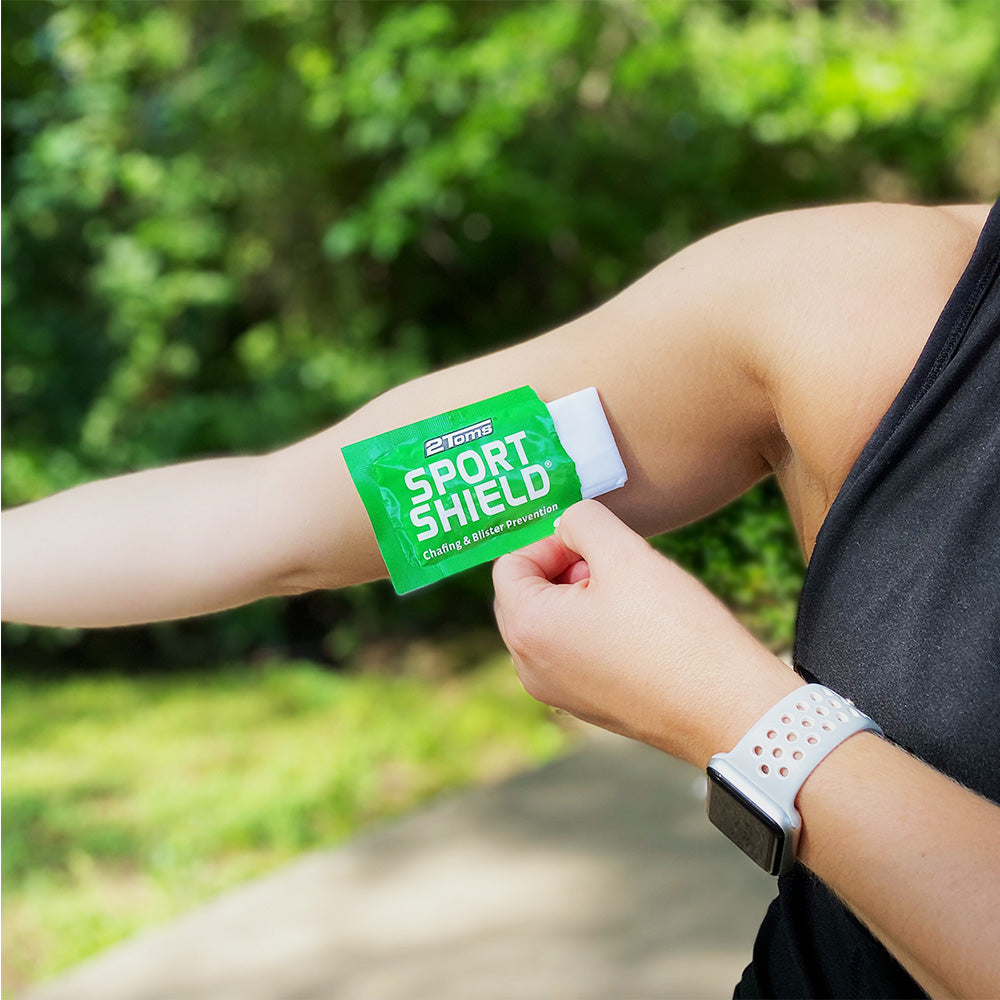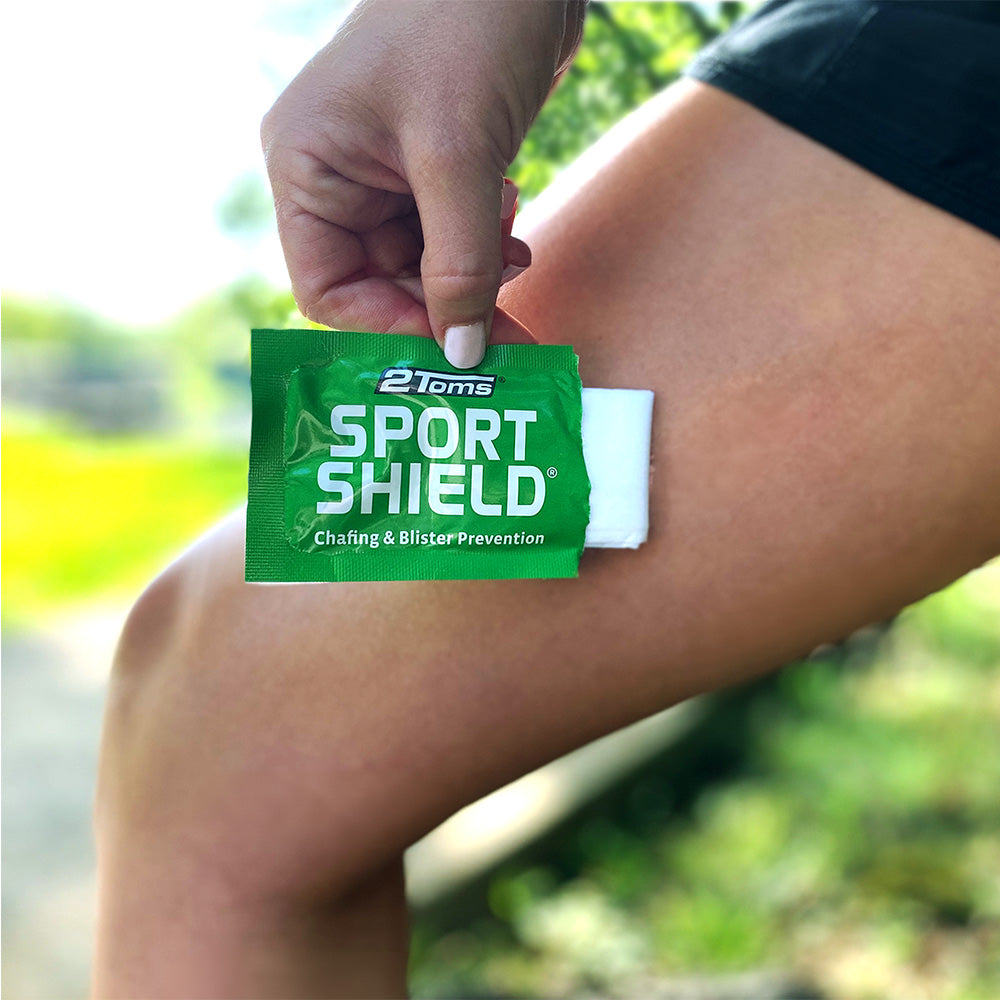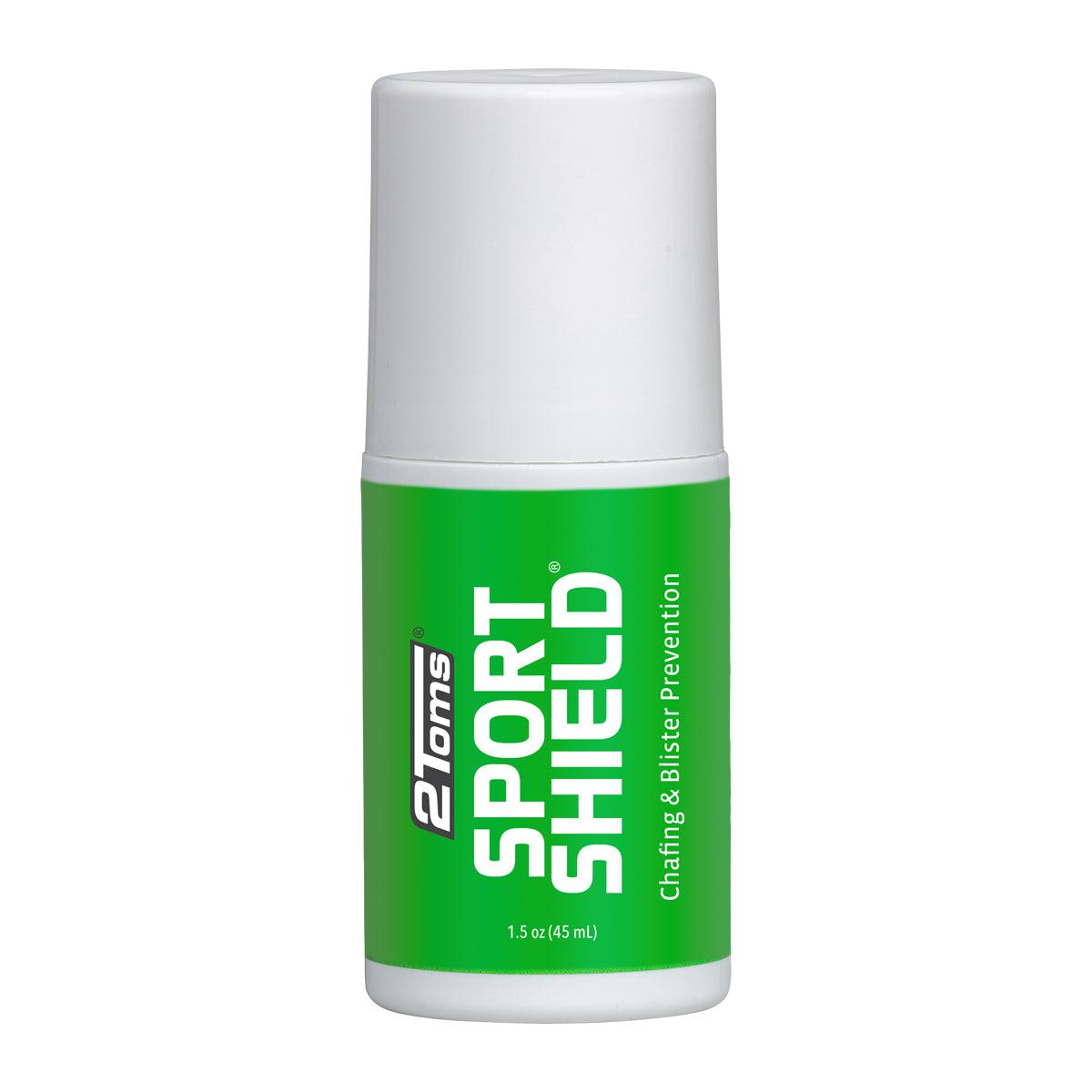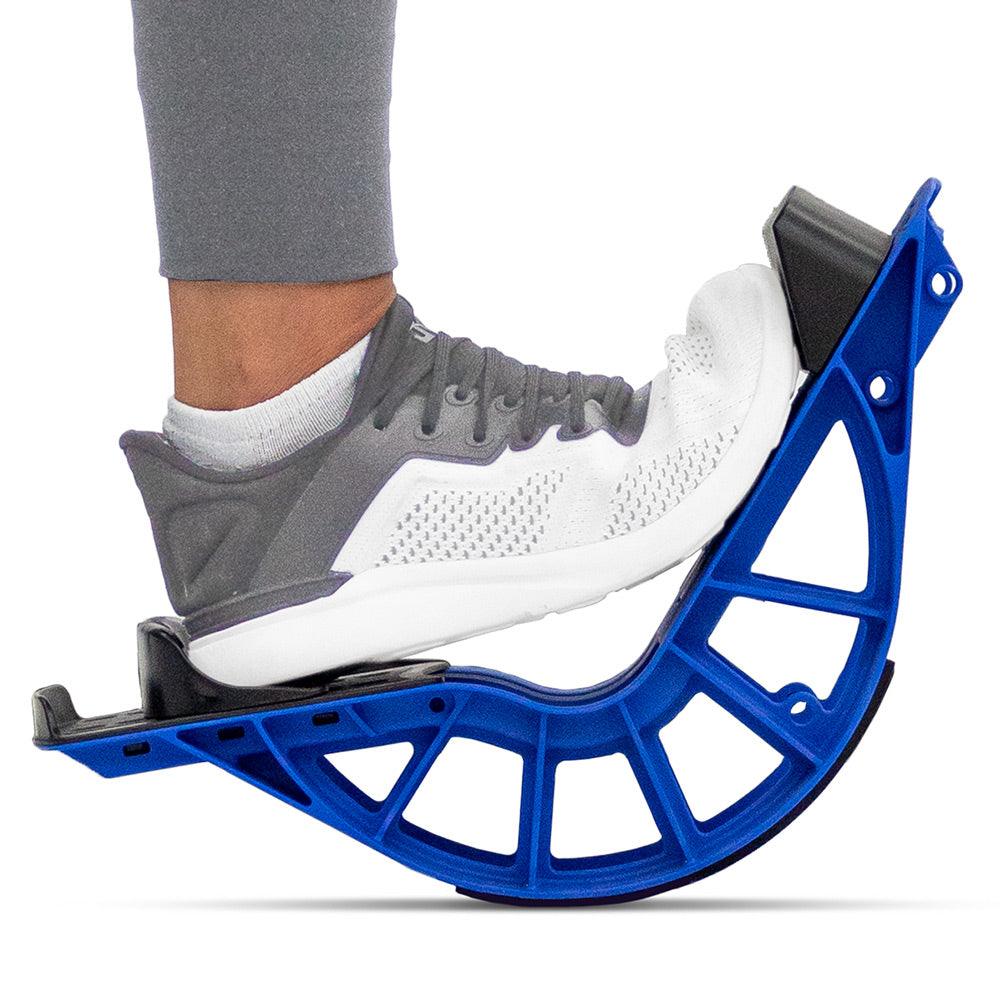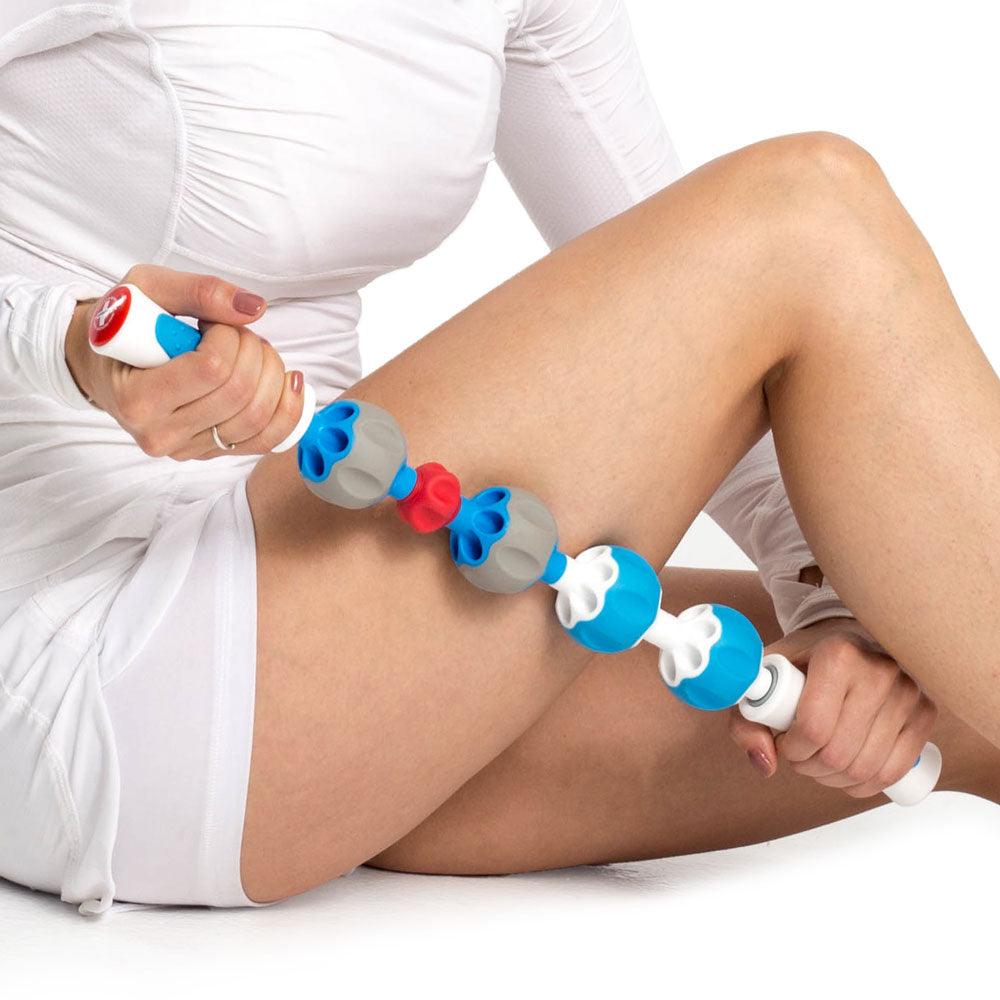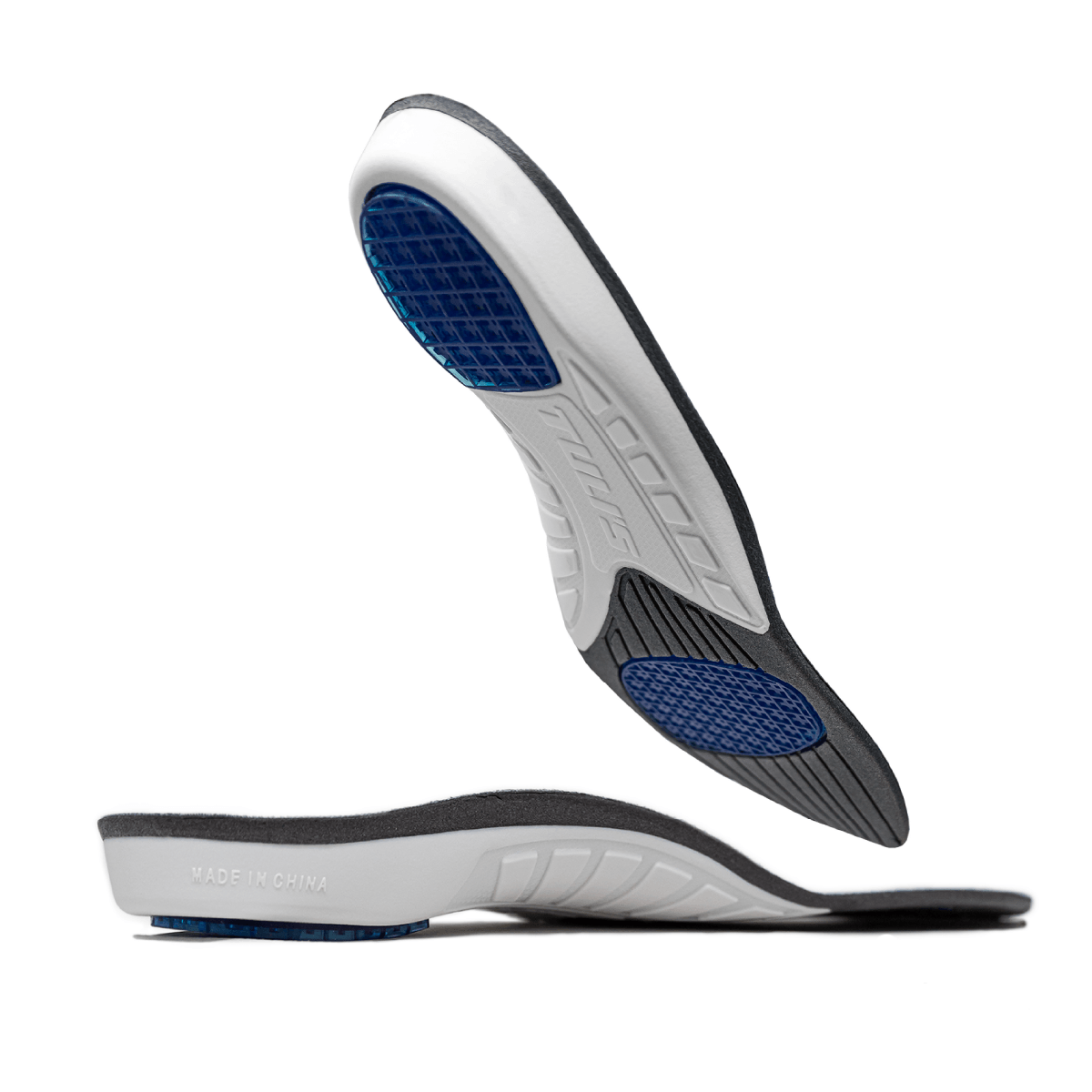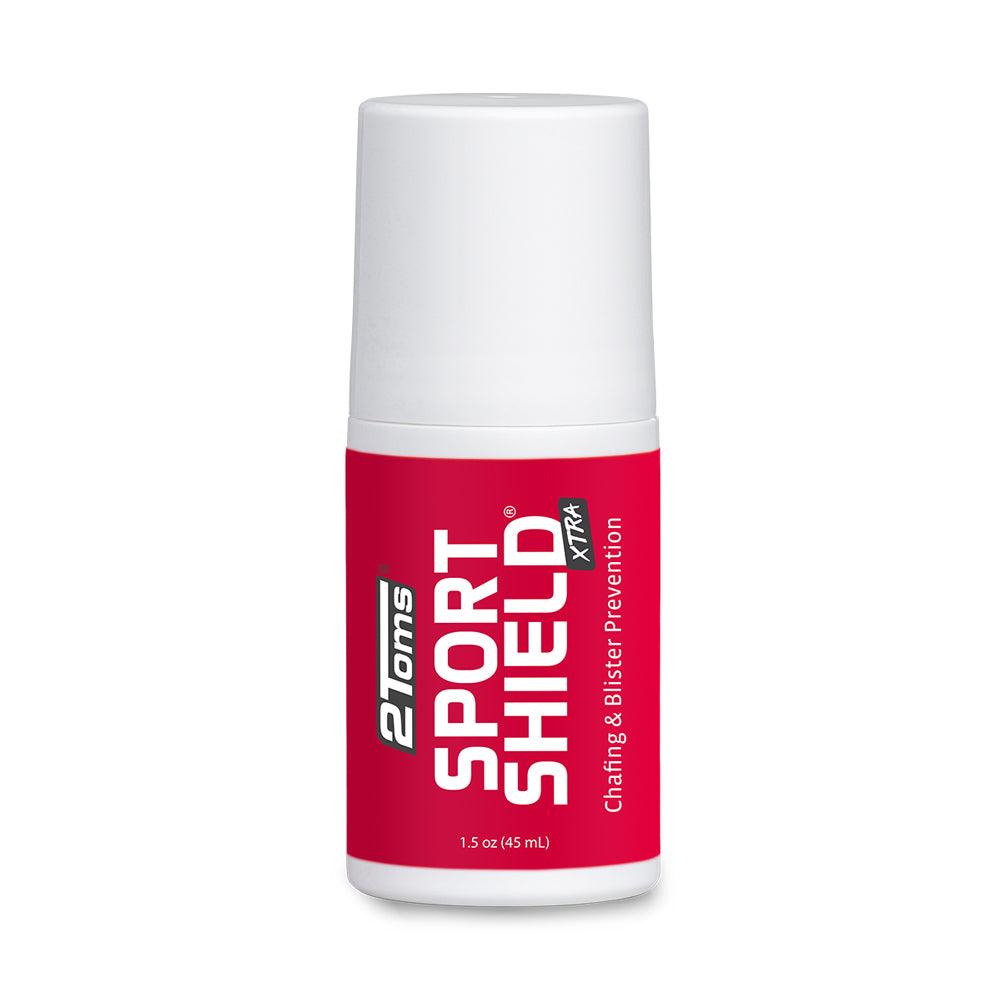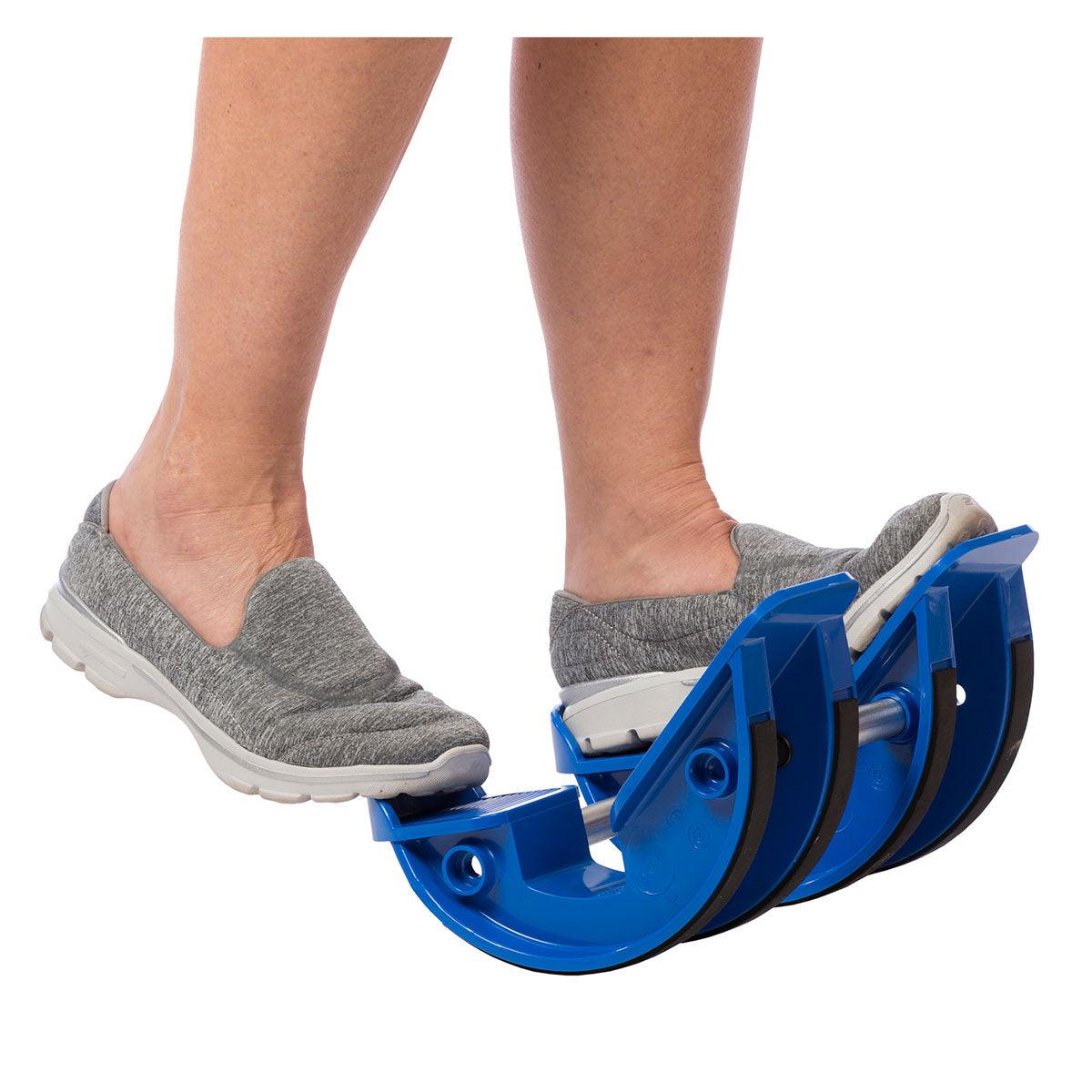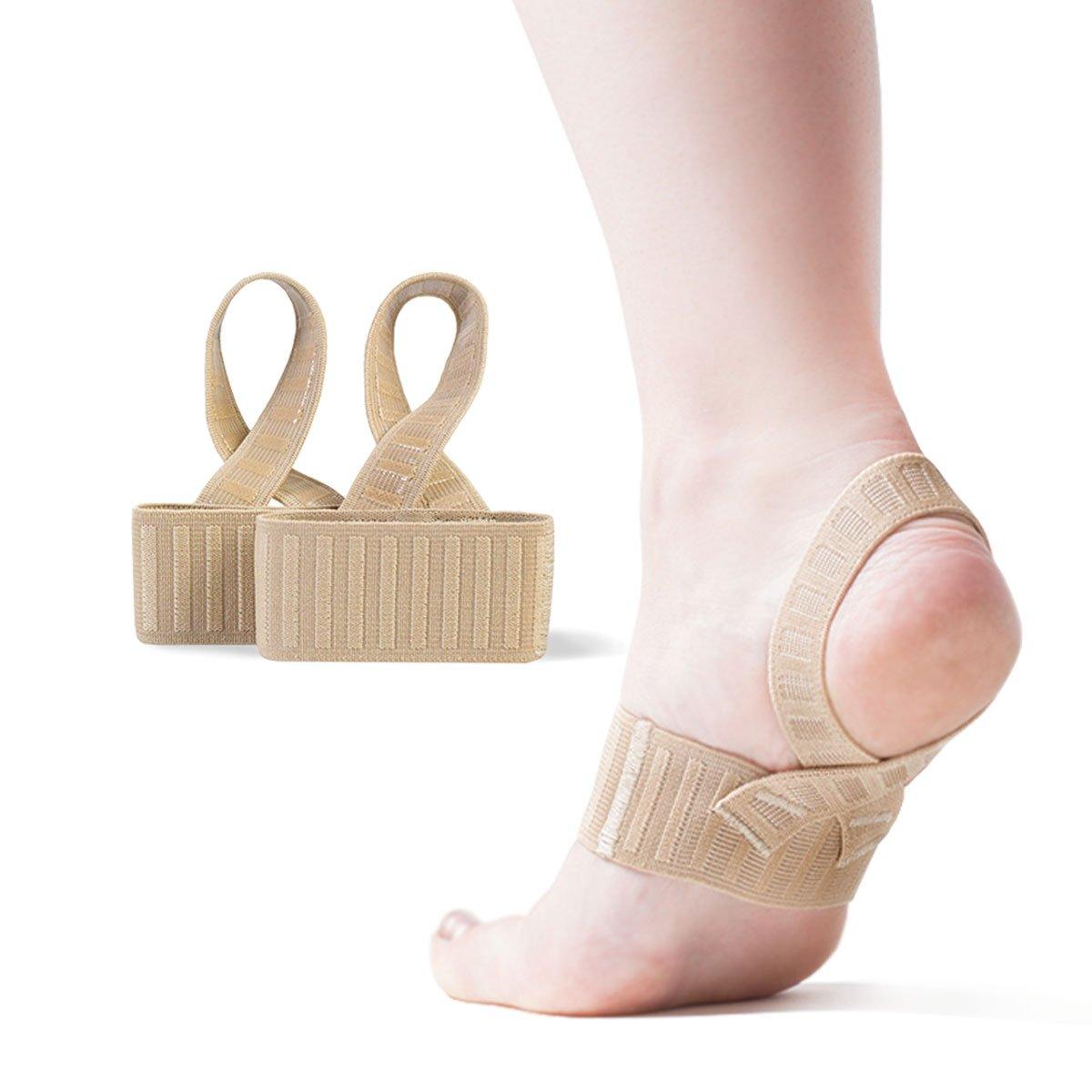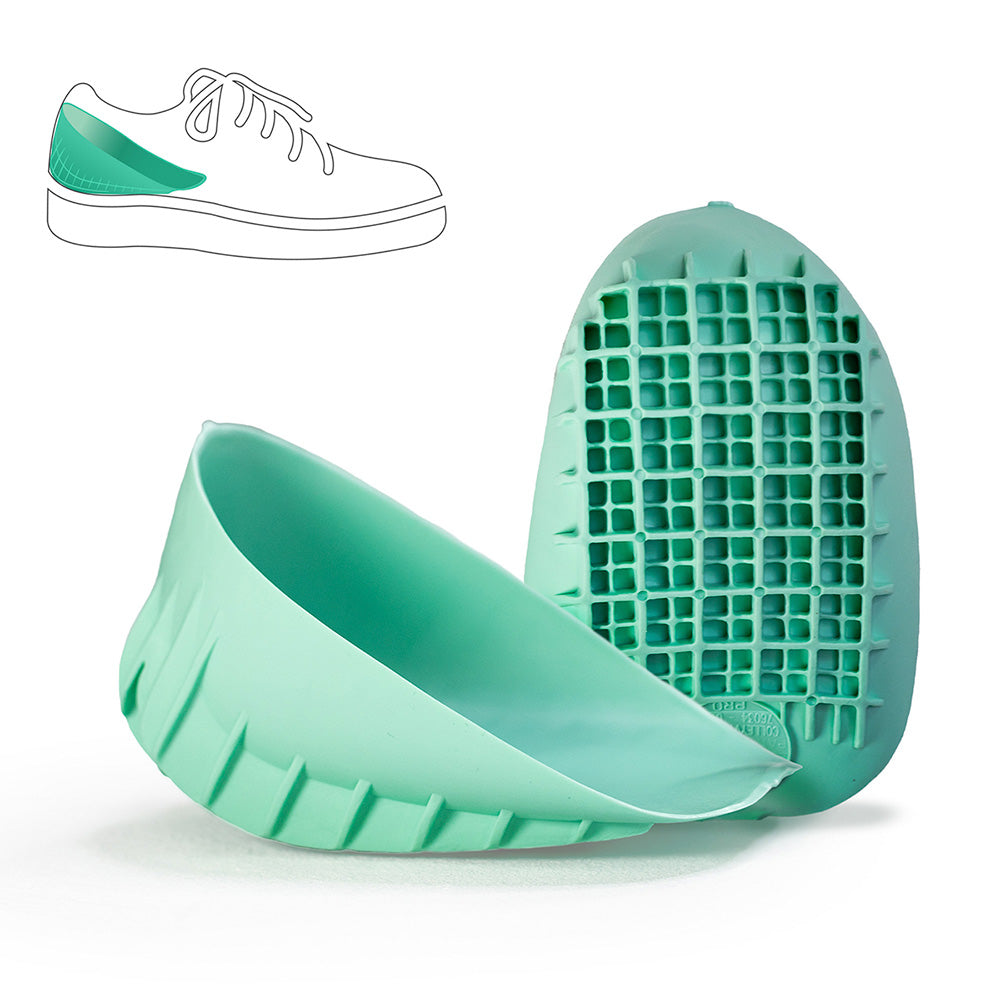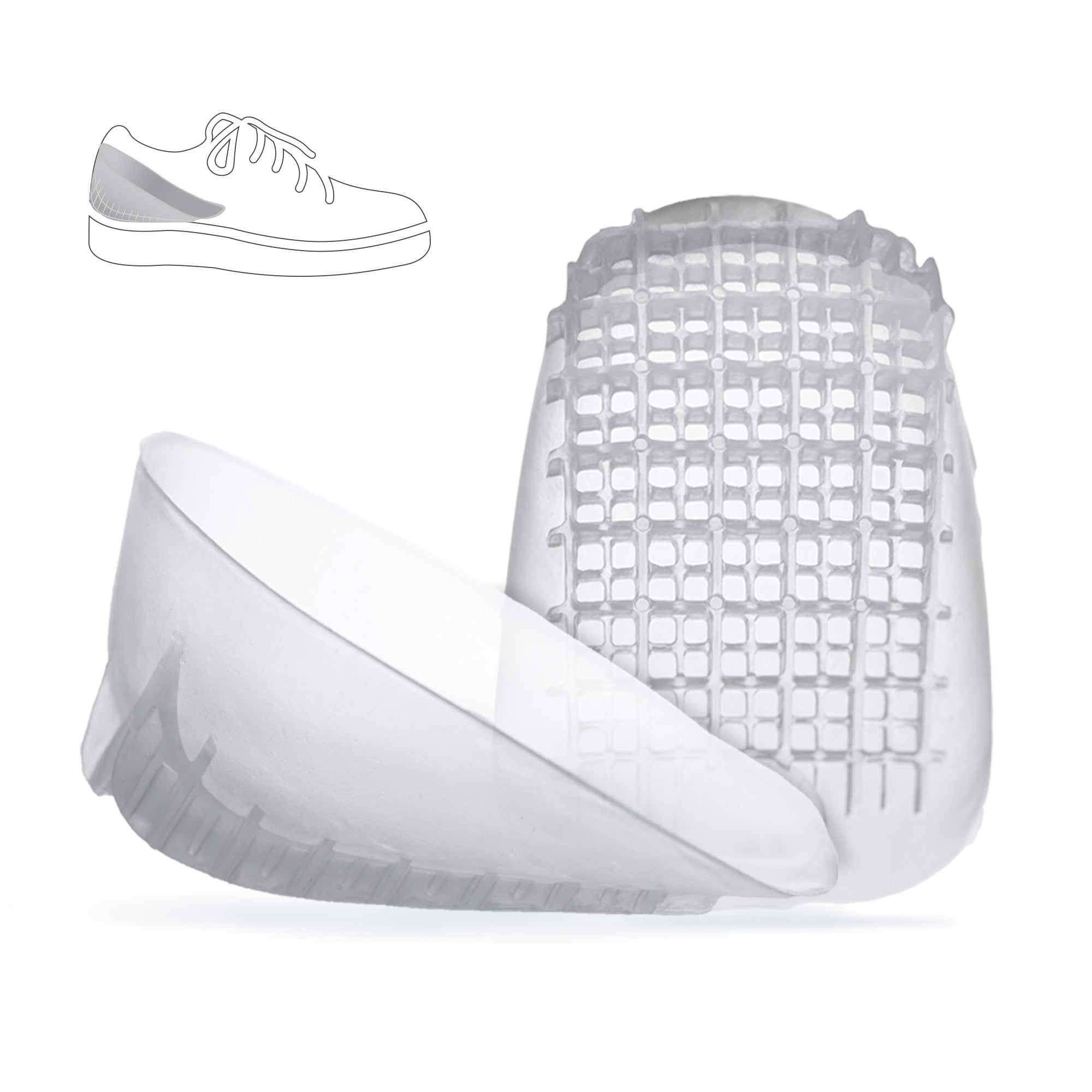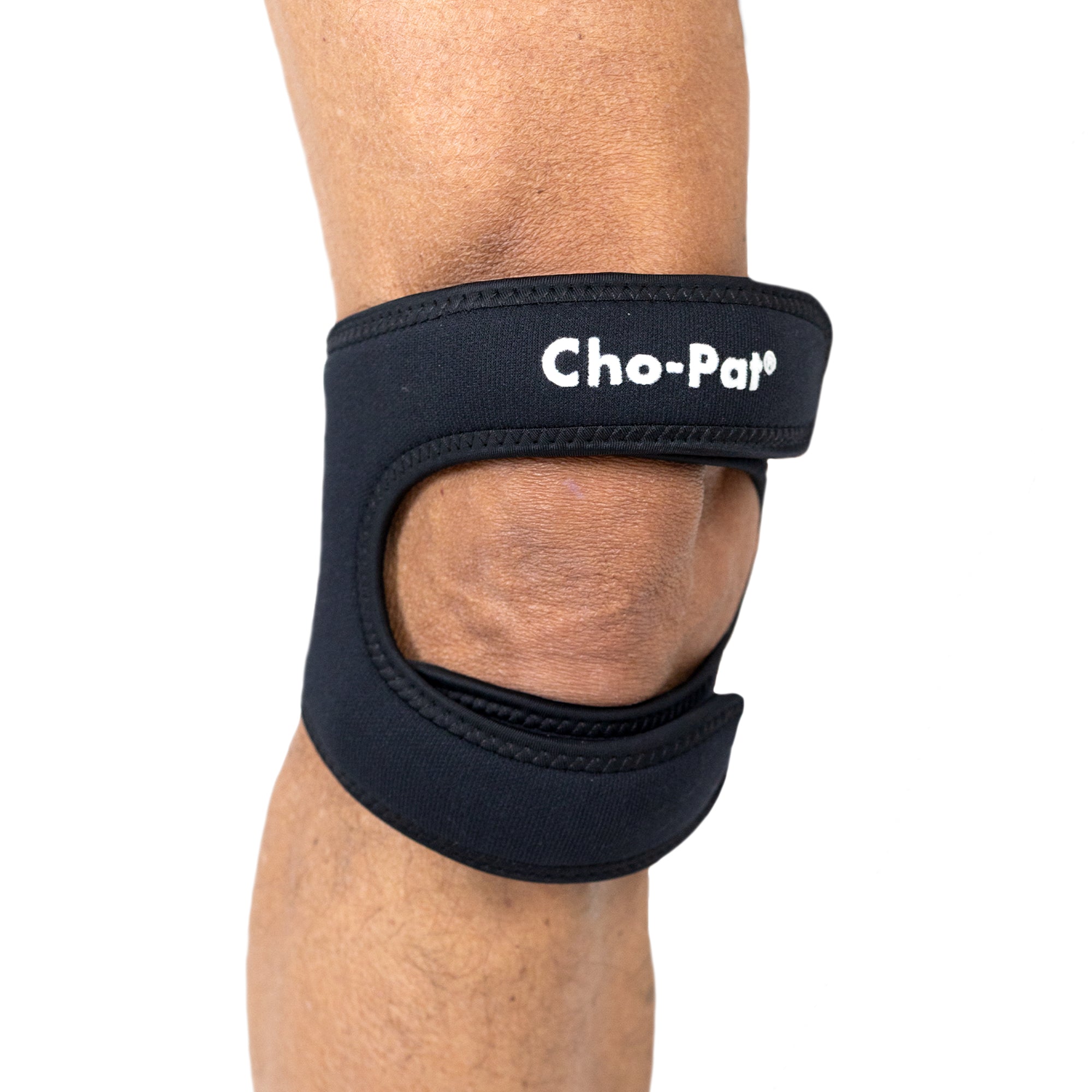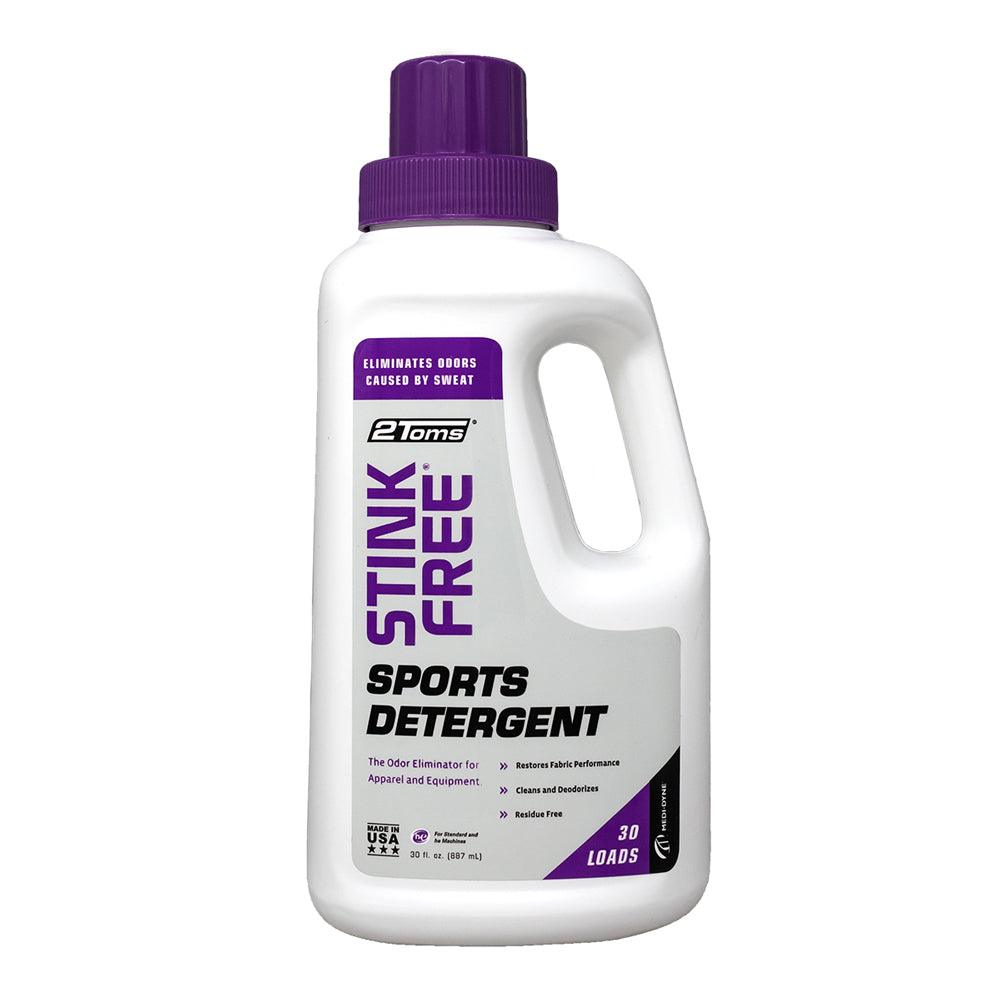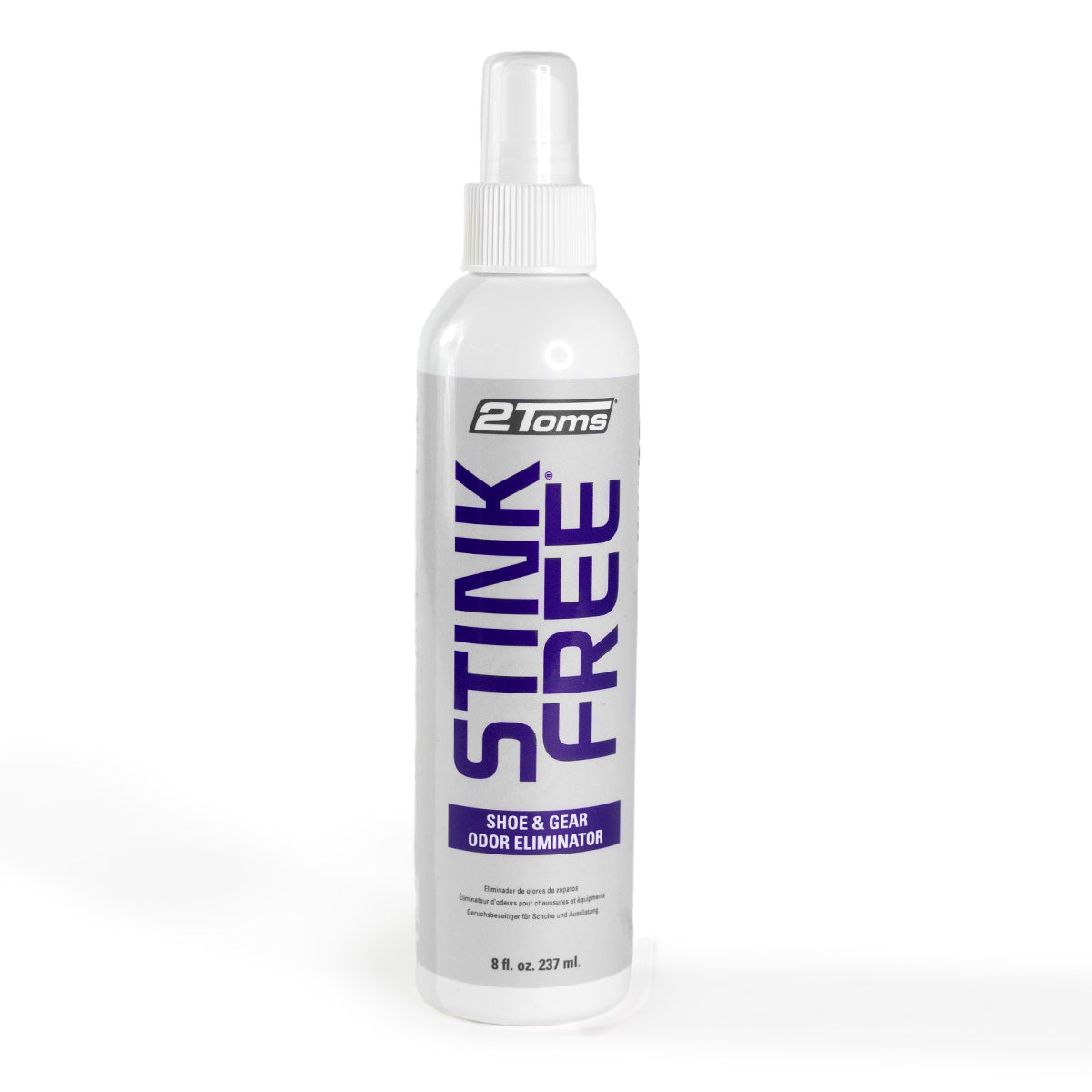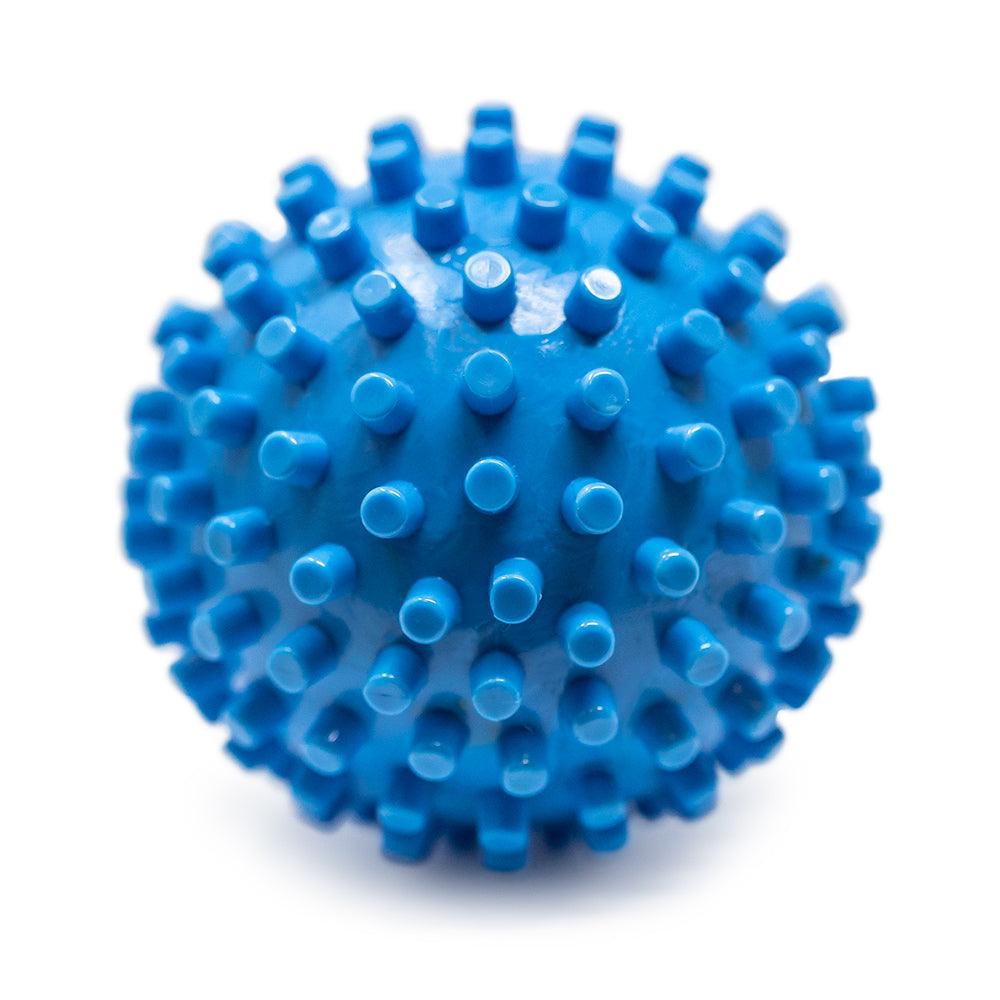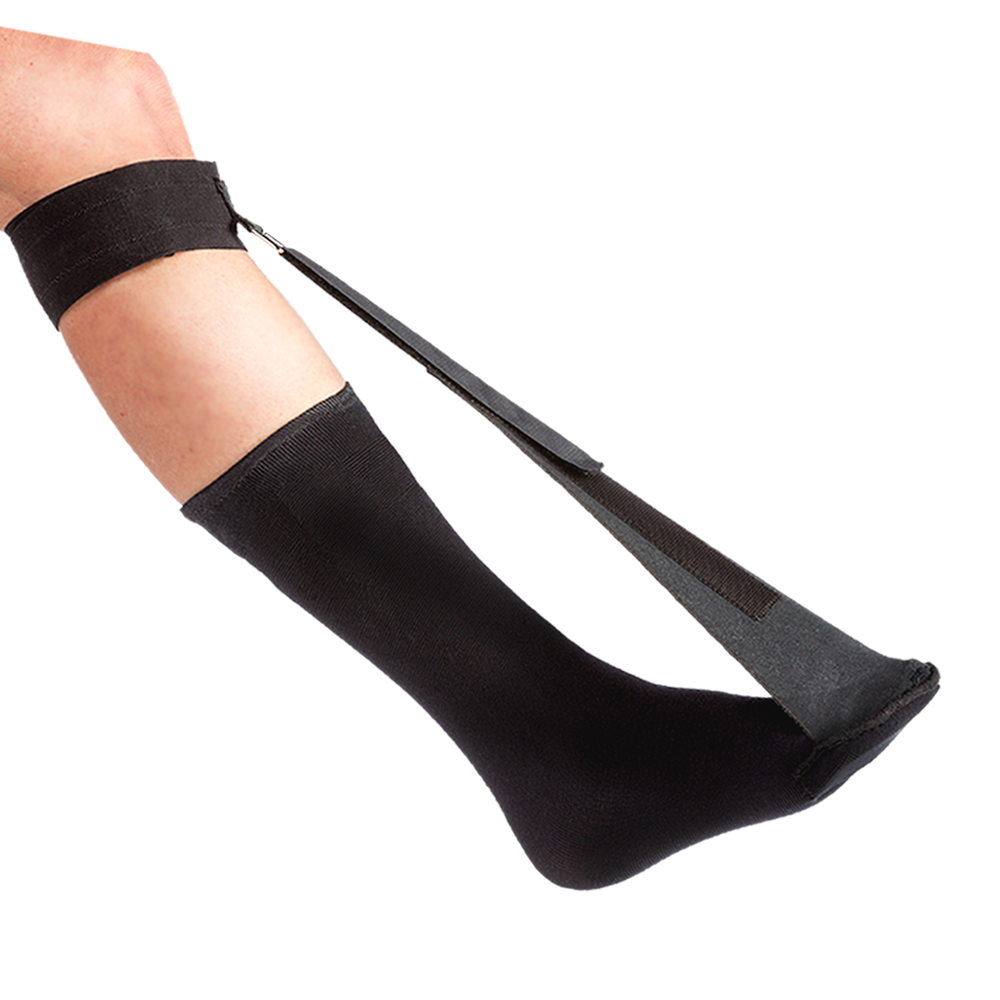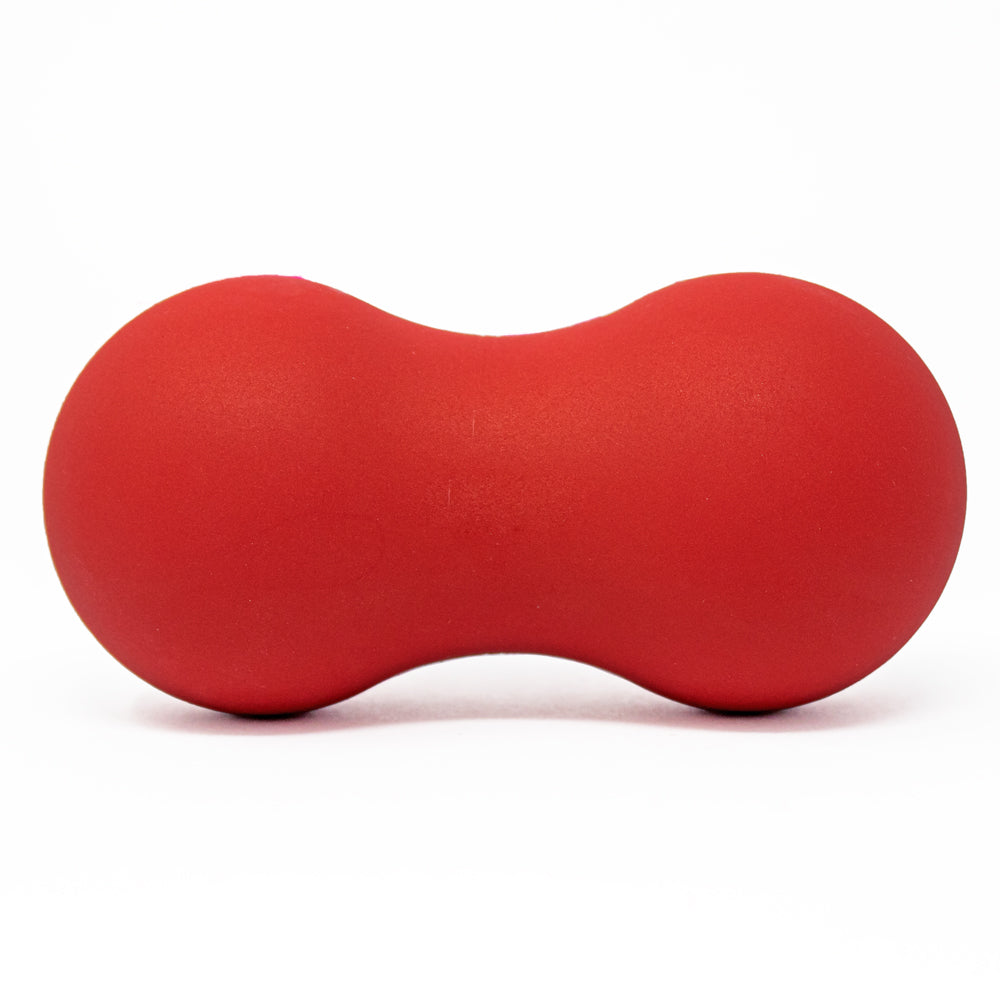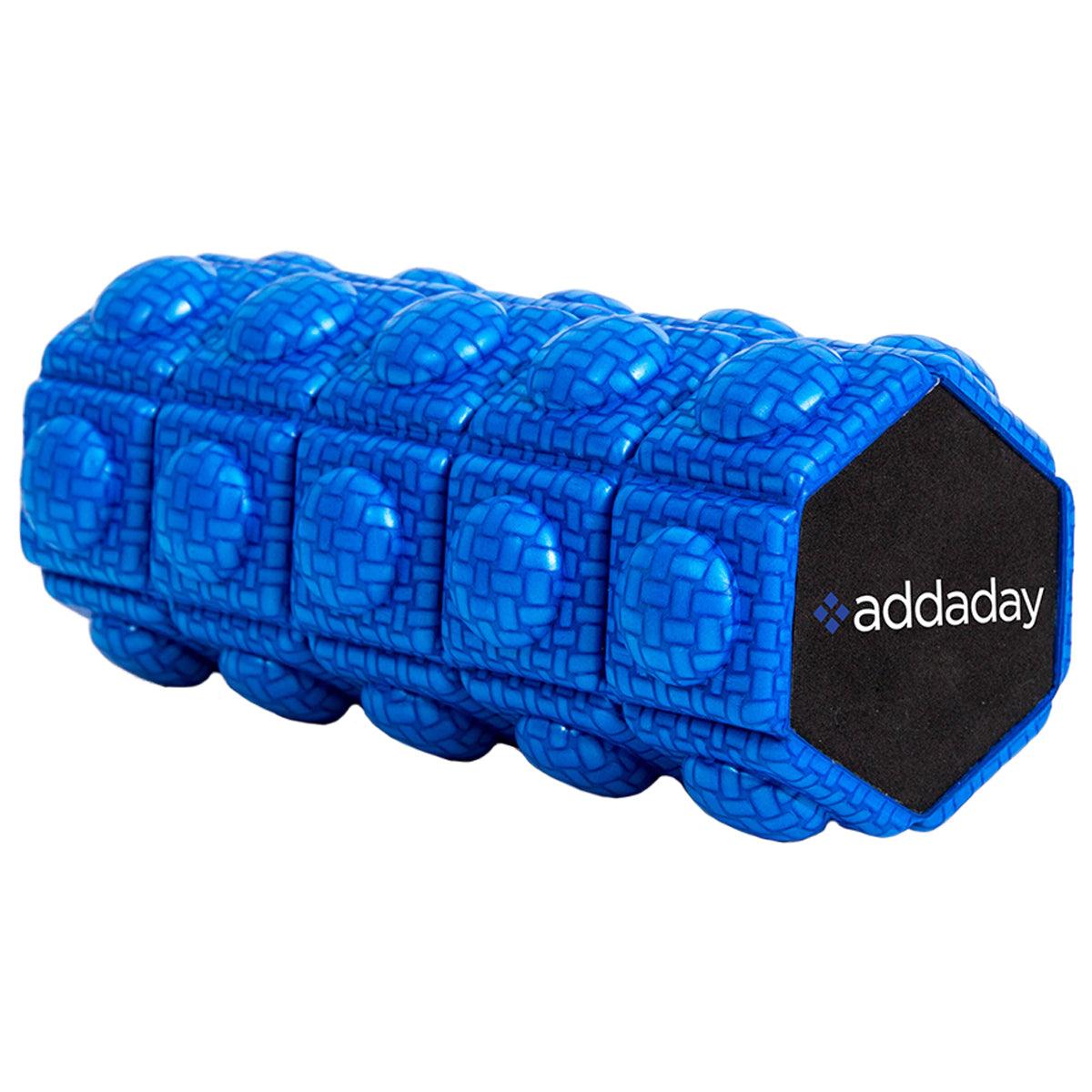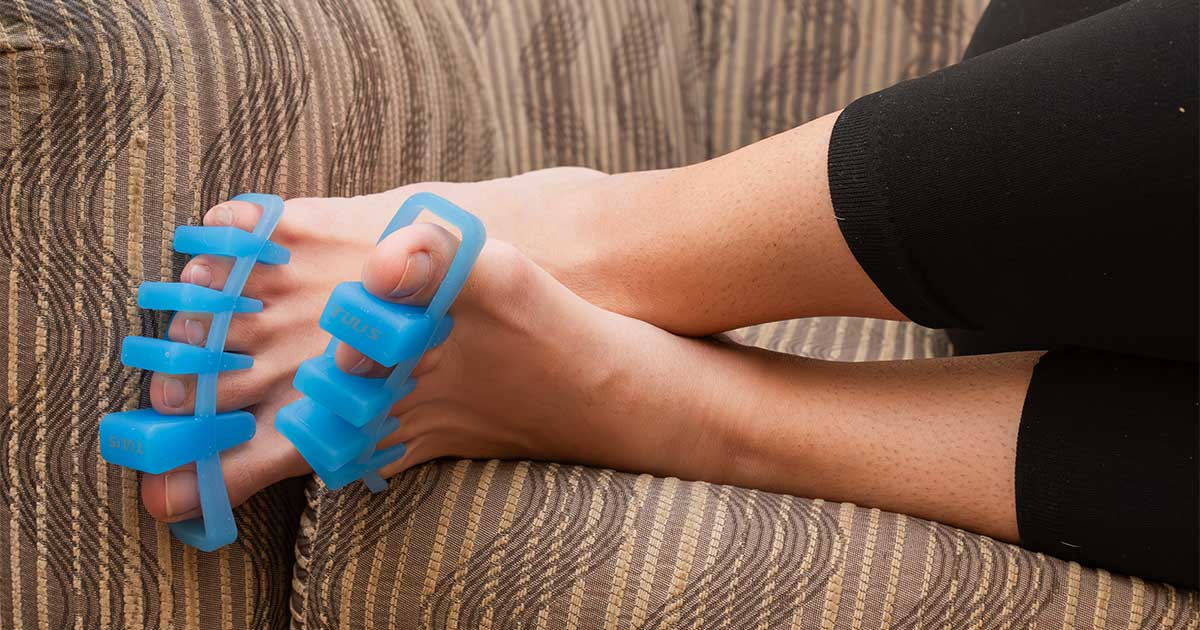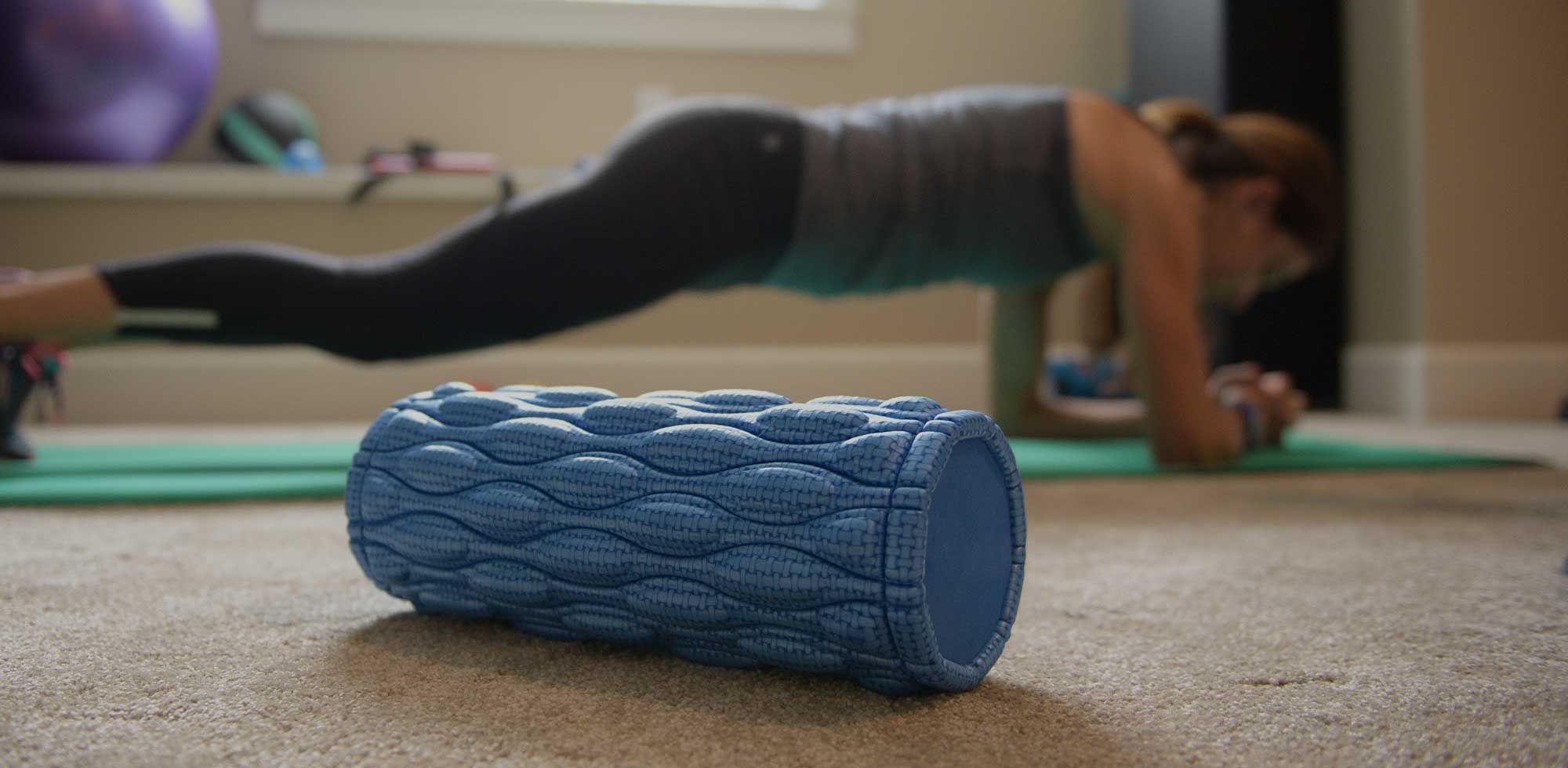When you’re logging big fall miles, the little things become the big things. Chafing might not sound like a deal-breaker, but any ultra runner who’s hobbled into an aid station with raw skin knows otherwise. It can wreck efficiency, break focus, and in worst cases, end your race.
Let’s talk about why chafing is more than an annoyance and how to prevent it with a solid strategy and the right tools.
Why Chafing is a Serious Threat in Ultra Running
- It alters your stride. Pain forces compensation. Over hours and miles, even small changes drain energy and strain other muscles.
- It erodes mental focus. Long races demand sharp attention for pacing, fueling, and terrain. Burning skin pulls focus away from performance.
- It accelerates with time. Sweat, salt, creek crossings, and dust amplify friction. What starts as mild irritation at mile 20 can turn into torn skin by mile 70.
- It stops races. Many DNFs aren’t due to conditioning, they’re from skin breakdown that runners couldn’t get ahead of.
Bottom line: You can’t afford to treat chafing as an afterthought. It’s a performance threat on par with fueling or hydration.
Building Your Anti-Chafe Plan

Start Line Prep
Before the race begins, apply 2Toms® SportShield® Roll-On to every known hotspot: inner thighs, underarms, waistband, bra line, nipples, toes, heels, and pack straps. Unlike creams, SportShield is sweat-proof, waterproof, and bonds to skin, giving you long-lasting protection even through sweat and stream crossings. And it’s Made in the USA, trusted by athletes who need barrier protection that won’t quit halfway through a 100K.
Aid Station Routine
- Reset first. Wipe away salt and grit before reapplying; never layer product over debris.
- Quick reapply. Stash 2Toms® SportShield® Single-Use Towelettes in your vest or drop bag. Tear, swipe, and move on. It’s seconds of work that can save hours of pain.
- Adjust fit. As your pack empties and your body changes, straps shift. Make small adjustments before new rub spots set in.
Foot Care
Your feet take the brunt of trail ultras. Use 2Toms® BlisterShield® inside socks to reduce friction and control moisture. This is especially critical on humid courses or after creek crossings where maceration (waterlogged skin) makes blisters and chafing inevitable without protection.
If You’re Already Chafed
- Rinse and dry if possible.
- Switch to looser layers to reduce further friction.
- Reapply barrier and manage your effort.
- But remember: prevention beats patch-up every time.
Treat Anti-Chafe Like Fueling
No pro runner starts an ultra without a fueling plan. Your anti-chafe plan deserves the same level of preparation. A small amount of prevention before the start and at aid stations can be the difference between powering through late miles or limping in raw and broken.
Your kit should include:
- 2Toms® SportShield® Roll-On at the start.
- 2Toms® SportShield® Single-Use Towelettes in vest/drop bags for mid-race reapplication.
- 2Toms® BlisterShield® in socks for foot protection.
Final Word
Ultra running is about the durability of your body, mind, and skin. Chafing is more than discomfort; it’s a direct threat to performance and finish lines. Respect it, plan for it, and control it. With the right strategy and the right tools, you can focus on what matters: moving strong and steady through every mile.
Build your kit here: Medi-Dyne Running Collection
